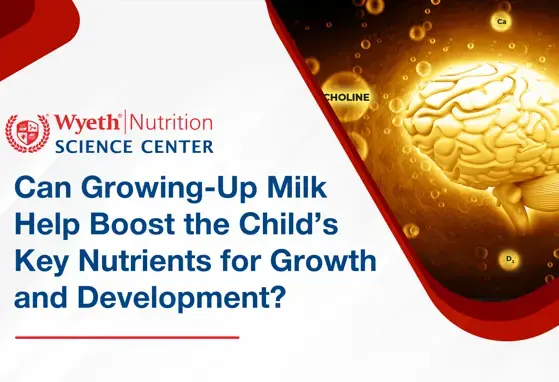[Local Data] Factors influencing vitamin D status in the Hong Kong population
![[Local Data] Factors influencing vitamin D status in the Hong Kong population](/sites/default/files/styles/header_image_article_mobile/public/2019-11/image18.jpg.webp?itok=GGpTd6Qe)
This study analysed serum vitamin D levels of a Chinese cohort and identified influencing factors on vitamin D status.
- Background:
- Participants included in this study were part of a household-based prospective study on influenza (from September 2009 to December 2010)
- Influenza study: to study the direct and indirect effectiveness of influenza vaccination among school-age children in preventing influenza virus infection in their household
- Objectives
- To estimate age-specific and sex-specific serum 25-hydroxyvitamin D (25(OH)D) status in Hong Kong
- To identify the determinants of serum 25(OH)D status
- Participants included in this study were part of a household-based prospective study on influenza (from September 2009 to December 2010)
- Method:
- All members of 796 households (2,694 subjects in total) were recruited, categorized into four groups: 6 - 17, 18 - 44, 45 - 64 and ≥ 65 years old
- Each household included a child aged 6 - 17 years:
- Randomly assigned to either single dose seasonal trivalent inactivated influenza vaccine group or placebo group in a double-blind setting
- Serum specimens were collected at baseline and after 12 months
- Serum specimens were also collected at 1 month after vaccination. Blood samples were provided by a subset of participants half-way through the study
- Vitamin D questionnaire was used to collect data about sun-seeking behaviors, dietary and vitamin D supplementary habits from children aged 6 - 17 years in the group, mid-study serum specimens were also collected
- Blood sample from all household members were collected for analysis
- Key Findings:
Mean values of serum 25(OH)D in different seasons
Age group n 2009 Autumn (Sep - Nov) 2009-10 Winter (Dec - Feb) 2010 Spring (Mar - May) 2010 Autumn (Sep - Nov) 6 - 17 years 893 47 nmol/l 42 nmol/l 39 nmol/l 53 nmol/l 18 - 44 years 800 53 nmol/l 48 nmol/l 42 nmol/l 57 nmol/l 45 - 64 years 458 58 nmol/l 53 nmol/l 47 nmol/l 63 nmol/l 65 years or older 42 56 nmol/l 51 nmol/l 41 nmol/l 54 nmol/l Sex Male 1,007 54 nmol/l 47 nmol/l 43 nmol/l 58 nmol/l Female 1,187 49 nmol/l 44 nmol/l 40 nmol/l 54 nmol/l *Serum 25(OH)D data in the summer were not available since no blood specimens were collected during Jun - Aug.
- Children aged 6 - 17 years had significantly lower serum 25(OH)D levels compared to adults aged 18 - 44 years (p < 0.001) in each season
- Adults aged 45 - 64 years had significantly higher serum 25(OH)D levels than adults aged 18 - 44 years on all seasons except winter of 2009 - 2010 (p < 0.01) in each season
- Serum 25(OH)D levels in adults aged 65 or older were not significantly different from adults aged 18 - 44 years in each season
- Males had significantly higher serum 25(OH) levels than females in each season
- Five factors associated with higher serum 25(OH)D levels among children aged 6 - 17:
- Younger age, male sex, reporting a suntan, consume at least 1 serving of fish and egg per week
- Younger age, male sex, reporting a suntan, consume at least 1 serving of fish and egg per week
- Conclusion:
- Seasonal variation in serum 25(OH)D in Hong Kong:
- Peaked in early autumn (September) dropped to lowest in early spring (March)
- Adequate sunlight exposure is essential and increased fish and egg consumption can help to improve vitamin D status, especially for children and females during winter and spring
- Seasonal variation in serum 25(OH)D in Hong Kong:
Reference
Xu C, Perera RA, Chan YH, Fang VJ, Ng S, Ip DK, Kam AM, Leung GM, Peiris JS, Cowling BJ. Determinants of serum 25-hydroxyvitamin D in Hong Kong. British Journal of Nutrition. 2015 Jun 8: 1-8. Epub ahead of print.
WYE-EM-233-JUL-15
If you liked this post you may also like

Infographic - Can Growing-Up Milk Help Boost the Child's Key Nutrients for Growth and development?

The Learning Lead - Volume 2, 2024: "Can Growing-Up Milk Help Boost The Child’s Key Nutrients for Growth and Development?"

